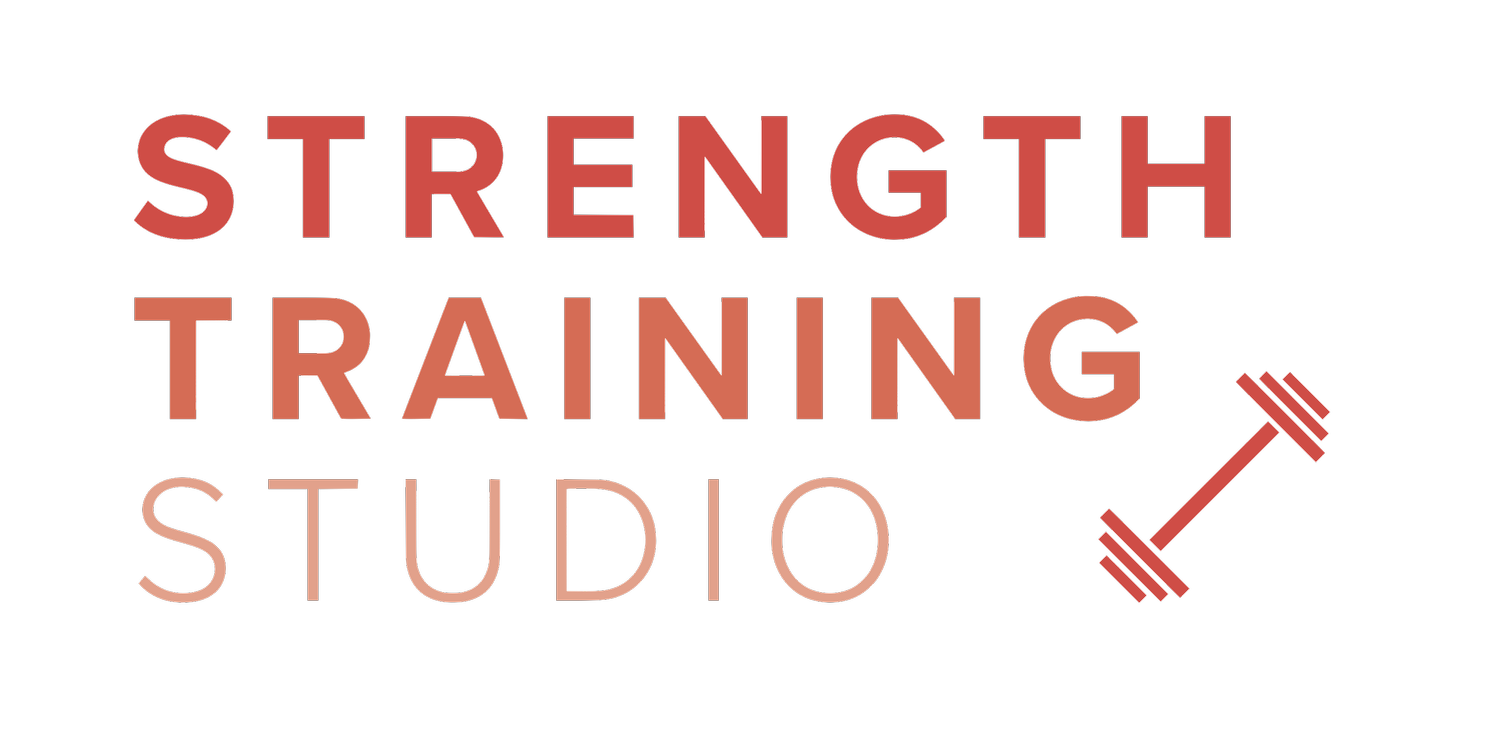Momentary muscular failure versus repetitions-in-reserve
The debate over how close to failure one should push during resistance training (RT) sessions has long been a topic of discussion. Should you train until you can't possibly do another rep, or is it enough to stop a couple of reps short of failure?
Recent research sheds light on this question, providing valuable insights for those looking to optimise their muscle growth through RT.
A recent study conducted over eight weeks observed the effects of two different RT protocols: training to momentary muscular failure (FAIL) and stopping sets at 1- to 2-repetitions in reserve (RIR).
The study involved resistance-trained individuals, both male and female, and aimed to compare muscle hypertrophy and neuromuscular fatigue between the two protocols.
Key Findings:
Hypertrophy Results: Surprisingly, both protocols, FAIL and RIR, led to similar increases in quadriceps thickness over the eight-week period.
Acute Neuromuscular Fatigue: Participants experienced greater acute neuromuscular fatigue when training to failure compared to stopping at 1- to 2-RIR. This indicates that pushing to failure induces higher levels of fatigue during a single session. Hence why we don't perform multiple sets, only single sets and why you should rest 2 days between sessions.
Longitudinal Fatigue Resistance: Interestingly, participants showed improved fatigue resistance over the eight weeks of training, regardless of the protocol used. This suggests that the body adapts to the training stimulus over time, potentially mitigating the effects of acute fatigue.
In conclusion, the proximity-to-failure during resistance training plays a significant role in muscle growth and fatigue. While training to failure may induce higher acute fatigue, stopping short of failure can still yield similar hypertrophic results over time.
Busy people are short on time but still want great strength training results which is why we train to failure in one set, only 1-2 times a week.
By understanding these nuances and tailoring your approach accordingly, you can optimise your resistance training routine for maximum gains while minimising fatigue and risk of injury.
